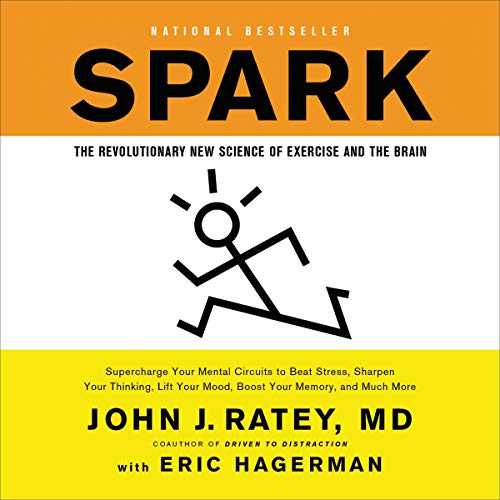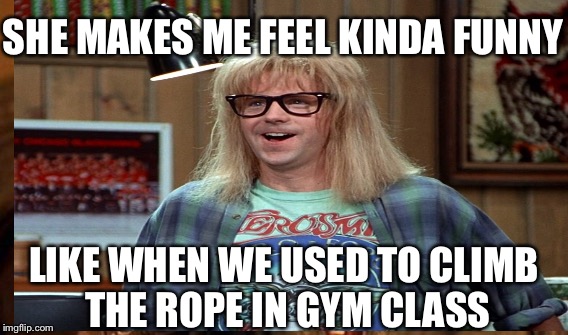...social scientist Claire Nader offers startling statistics. Decades ago, daily P.E. was the norm. These days, she said, only 4 percent of elementary schools, 7 percent of middle schools and 2 percent of high schools have daily P.E. the entire school year. Twenty-two percent of schools have no P.E. at all.
As a nation, we have never been that keen on exercise. Late 19th-century P.E. programs, for instance, excluded girls for fear more muscles and competitive urges would masculinize them. Daily P.E. for both sexes became common by the middle of the 20th century, but the bipartisan push to raise academic achievement allowed school districts to reduce or eliminate gym classes, and save money by hiring fewer P.E. teachers.
“When money gets tight, P.E. is one of the first to go,” said Terri Drain, past president of SHAPE America, which supports professionals in P.E., health, recreation and dance. The organization provides guidance and research and leads lobbying on health issues in Congress.
By 2007, the Robert Wood Johnson Foundation reported only 36 percent of children were doing the recommended one hour of physical activity a day and 30 percent participated in a sport on a regular basis.
Ken Reed, policy director of the sports reform project League of Fans, noted “Type 2 diabetes was once considered an adult disease. However, because more kids are overweight and obese, the incidence of the disease has increased dramatically in children and adolescents.”
more here
As a nation, we have never been that keen on exercise. Late 19th-century P.E. programs, for instance, excluded girls for fear more muscles and competitive urges would masculinize them. Daily P.E. for both sexes became common by the middle of the 20th century, but the bipartisan push to raise academic achievement allowed school districts to reduce or eliminate gym classes, and save money by hiring fewer P.E. teachers.
“When money gets tight, P.E. is one of the first to go,” said Terri Drain, past president of SHAPE America, which supports professionals in P.E., health, recreation and dance. The organization provides guidance and research and leads lobbying on health issues in Congress.
By 2007, the Robert Wood Johnson Foundation reported only 36 percent of children were doing the recommended one hour of physical activity a day and 30 percent participated in a sport on a regular basis.
Ken Reed, policy director of the sports reform project League of Fans, noted “Type 2 diabetes was once considered an adult disease. However, because more kids are overweight and obese, the incidence of the disease has increased dramatically in children and adolescents.”
more here



